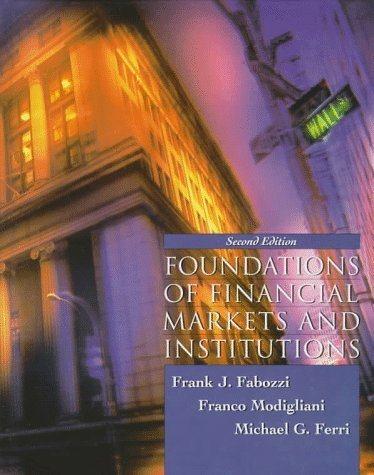
d. East Coast pays a $2.00 per share cash divi- dend. The investor holds her shares in a tax- sheltered retirement account. e. The investor sells 100 shares, which were purchased for $52 per share. The tax rate on capital gains is 15%. 4. The following table shows (in thousands of dol- lars) normal, best-case, and worst-case projec- tions for East Coast's cash flow from operations, maintenance costs, investments in new assets, and excess cash for the next four years. a. If East Coast adopts a sticky dividend policy, what is the highest dividend it will pay in year 1? b. If it grows dividends at a constant percentage rate, what is the highest sustainable rate it can adopt? c. East Coast has 42.5 million shares outstand- ing. If it decides to increase dividends by a constant amount rather than a constant percentage, how much will it increase the dividend per share in year 2? d. Suppose East Coast adopts a strict residual dividend policy. Year 1 ends up with the excess projected in the best-case scenario, but year 2 ends up with the worst-case scenario. What would be the dividend per share in each year? Why might such a policy not be desirable? d. East Coast pays a $2.00 per share cash divi- dend. The investor holds her shares in a tax- sheltered retirement account. e. The investor sells 100 shares, which were purchased for $52 per share. The tax rate on capital gains is 15%. 4. The following table shows (in thousands of dol- lars) normal, best-case, and worst-case projec- tions for East Coast's cash flow from operations, maintenance costs, investments in new assets, and excess cash for the next four years. a. If East Coast adopts a sticky dividend policy, what is the highest dividend it will pay in year 1? b. If it grows dividends at a constant percentage rate, what is the highest sustainable rate it can adopt? c. East Coast has 42.5 million shares outstand- ing. If it decides to increase dividends by a constant amount rather than a constant percentage, how much will it increase the dividend per share in year 2? d. Suppose East Coast adopts a strict residual dividend policy. Year 1 ends up with the excess projected in the best-case scenario, but year 2 ends up with the worst-case scenario. What would be the dividend per share in each year? Why might such a policy not be desirable







